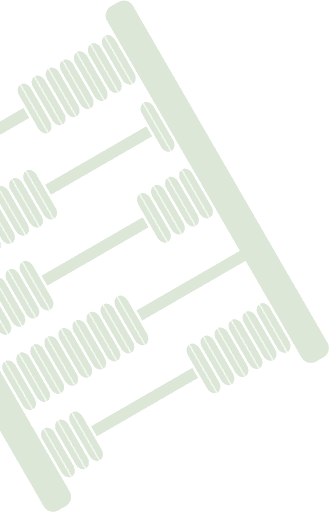How Are Calculators and Computers Used?
Exhibit
6.12 shows data on students’ access to calculators for use
in mathematics class and on policies on their use for those with access.
When all 38 TIMSS 1999 countries were considered, teachers in 14 countries
reported that nearly all students (more than 90 percent) had access
to calculators in class. In addition to the United States, the countries
with this high degree of access were Australia, Belgium (Flemish),
Canada, the Czech Republic, England, Finland, Hong Kong, Israel, Lithuania,
the Netherlands, New Zealand, Singapore, and the Slovak Republic.
For students in classes with access to calculators, most teachers
reported some type of restricted use (for about two-thirds of the
students on average internationally). Corresponding to the results
for the United States, most students in the Benchmarking entities
(83 to 100 percent) had access to calculators. The policies regarding
use varied dramatically, however. Whereas use was restricted for only
about one-third or less of the students in some jurisdictions –
the First in the World Consortium, the Jersey City Public Schools,
the Michigan Invitational Group, and Montgomery County – more
than 80 percent of the students were subject to some restrictions
in South Carolina, the Chicago Public Schools, and the Rochester City
School District.
TIMSS combined students’ and teachers’ reports on the frequency
of calculator use to create an index of emphasis on calculators in
mathematics class (ecmc), presented in Exhibit
6.13. Students were placed in the high category if they reported
using calculators in class almost always or pretty often and their
teachers reported calculator use of at least once or twice a week.
At the other end of the spectrum, students were placed in the low
category if they reported using calculators only once in a while or
never and their teachers reported asking students to use calculators
never or hardly ever. There was enormous variation in the results
across countries. For example, the Netherlands and Singapore had more
than four-€fths of their students (95 and 85 percent, respectively)
in the high category. In contrast, a number of countries had half
or more of their students in the low category, including Chinese Taipei,
Korea, and Japan. Since several high-performing countries have restricted
calculator use and large percentages of students are in the low-use
category, the relationship between calculator use and performance
is dif€cult to interpret. Although on average internationally the
relationship is unclear, in most of the countries where emphasis on
calculator use was high, there was a positive association between
calculator use and mathematics achievement.
Exhibit
R3.9 in the reference section shows the detailed results for students’
reports on the frequency of their calculator use. In the Netherlands,
67 percent of students reported almost always using calculators in
their mathematics lessons. Countries with the next highest level of
use included the United States (42 percent) and Canada (44 percent).
The Benchmarking jurisdictions with the greatest percentages of students
reporting almost always using calculators were the Academy School
District (68 percent), Jersey City (68 percent), and Naperville (71
percent). Benchmarking entities with the lowest percentages of students
(25 percent or less) reporting this level of calculator use were South
Carolina, Texas, Chicago, Miami-Dade, and Rochester.
The percentages of students asked to use calculators for various
activities at least once or twice a week are shown in Exhibit
R3.10. According to teachers internationally, they asked the most
students to use calculators at least weekly for checking answers,
performing routine computations, and solving complex problems (43
to 44 percent each). About one-fourth of the students across countries
were asked to explore number concepts and one-€fth to use calculators
on their tests. Across the Benchmarking entities, students used calculators
for each of the activities asked about by TIMSS, although in varying
degrees.
Students’ reports on the frequency of their computer use in
mathematics class are presented in Exhibit
6.14. Across countries, the vast majority of students (80 percent
on average internationally) reported never using computers in mathematics
class. Even though more students in the Benchmarking entities than
internationally used computers in mathematics class, the percentages
using computers almost always or pretty often were still relatively
low, ranging from 24 percent in the Jersey City Public Schools to
seven percent in Idaho, Guilford County, and the Michigan Invitational
Group.
Because the Internet provides a wealth of opportunities for students
to collect and analyze information, TIMSS began asking about students’
access to the Internet and whether they used the World Wide Web to
access information for mathematics projects. The data in Exhibit
6.15 indicate great variation in Internet access across countries
and across the Benchmarking participants. Still, the international
averages show about one-quarter of the students with access to the
Internet at school. The international average for using the Internet
to access information for mathematics class on even a monthly basis
was 10 percent (less than half those reporting access). For the Benchmarking
jurisdictions, Internet access at school ranged from 31 to 32 percent
in Rochester and Chicago to 98 percent in First in the World and Naperville.
Still, the only jurisdictions reporting 20 percent or more of the
students accessing information for mathematics class on even a monthly
basis were Connecticut, the Delaware Science Coalition, Jersey City,
and Miami-Dade.


